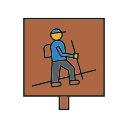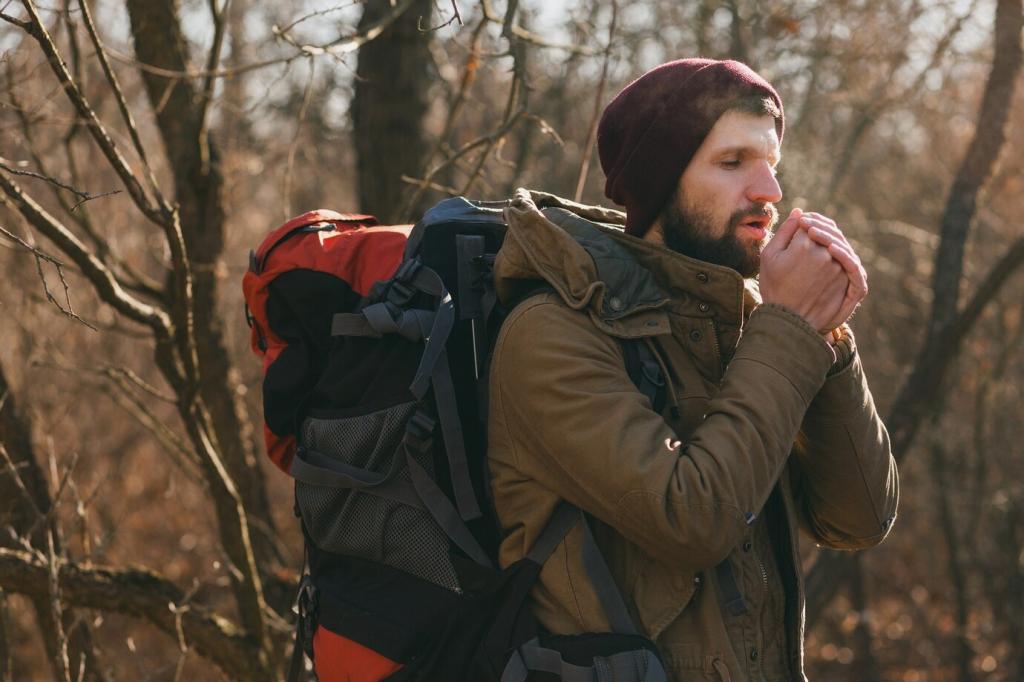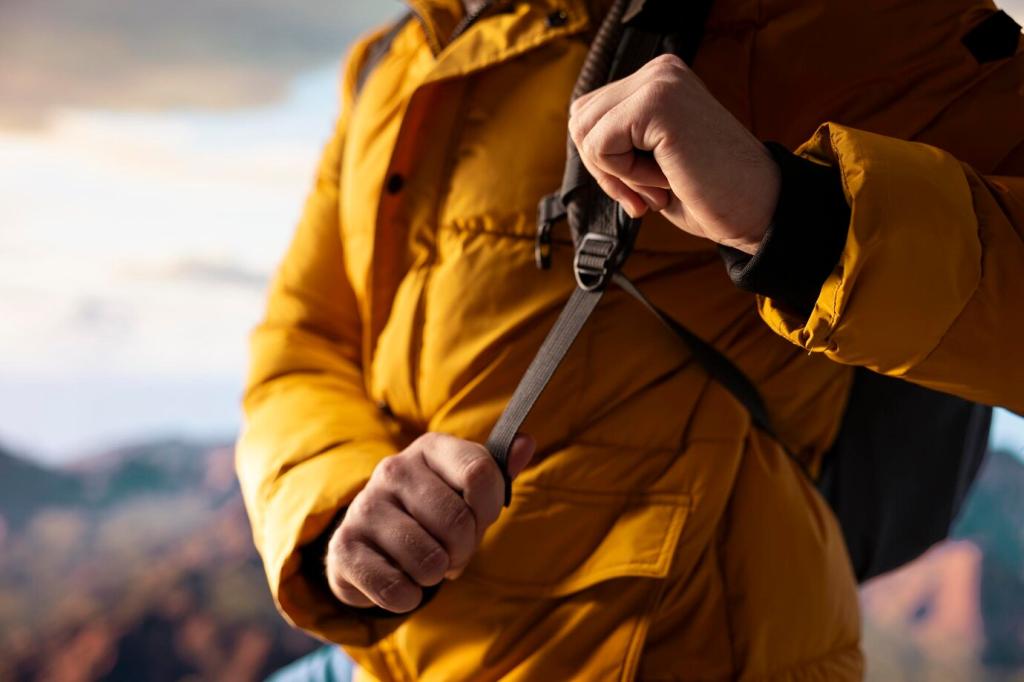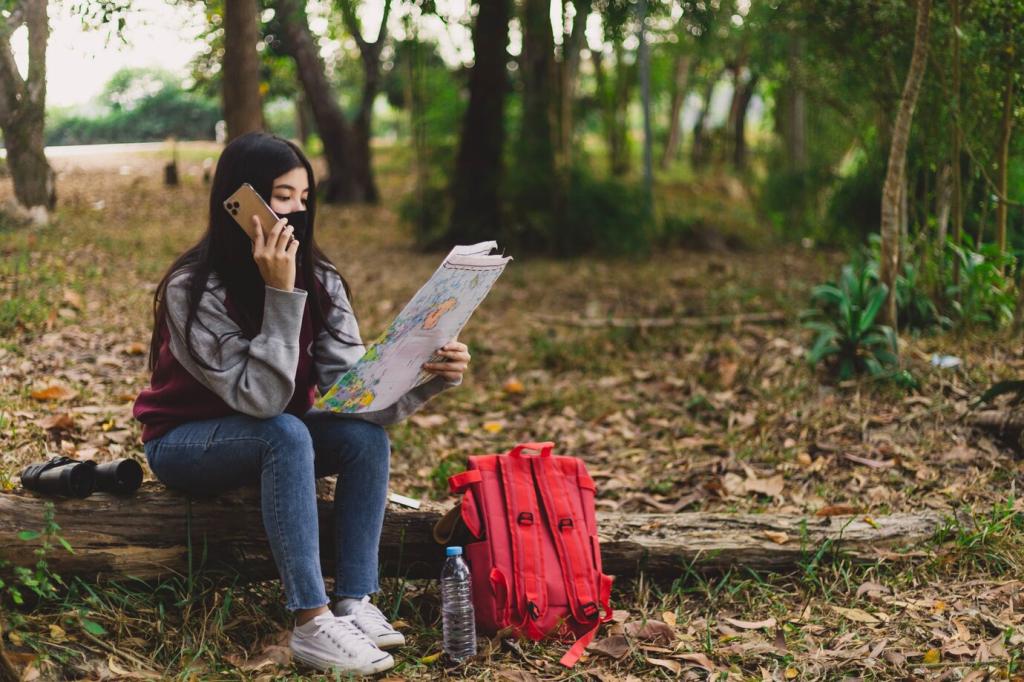Sun, Weather, and Terrain Hazards
UV radiation intensifies with elevation and reflection from snow. Wear high-SPF sunscreen, reapply often, and use glacier-rated sunglasses to prevent snow blindness. Don’t forget lip balm with SPF. What’s your go-to eyewear for long, glary traverses above the snowline?
Sun, Weather, and Terrain Hazards
Build a habit of watching cloud development and wind shifts. Establish a firm turnaround time before setting out. The mountain remains; your safety should not be gambled. Share a moment when retreat preserved the success of your team’s next attempt.









